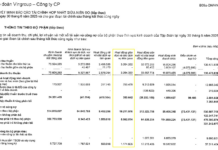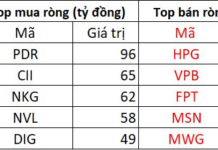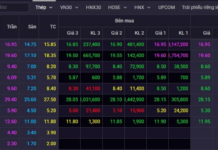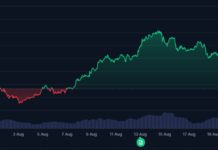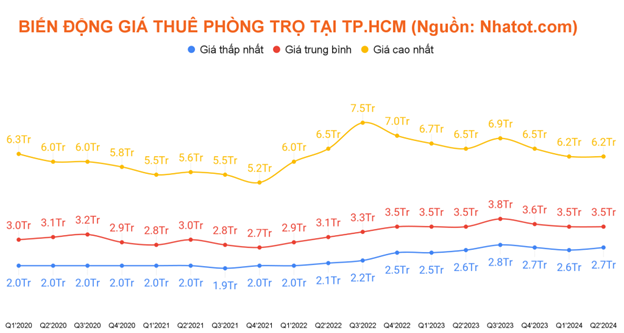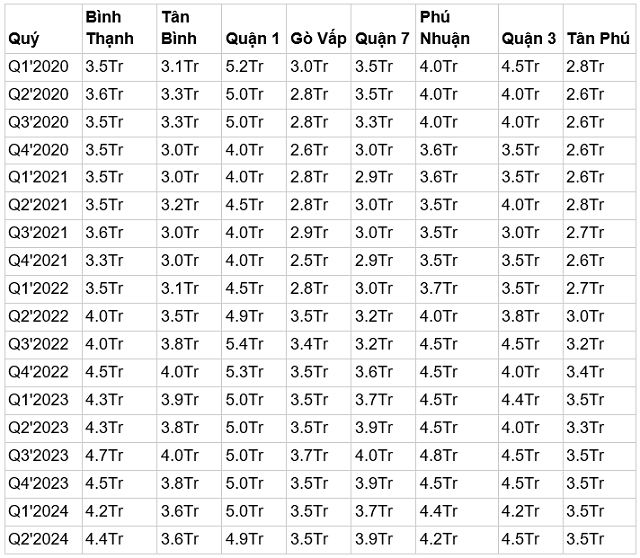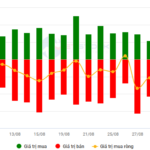According to data from Nha Tot, rental prices for rooms in Ho Chi Minh City increased by an average of 3% per year from 2020 to Q2 2024. The average rent increased from 3 million VND per month in Q1 2020 to 3.5 million VND per month in Q2 2024, a rise of nearly 17% over four years.

In the last five years, rental prices in Ho Chi Minh City have gone through two main phases. Specifically, in 2020-2021, influenced by the COVID-19 pandemic, the highest rental prices recorded a consistent decrease, while the average and lowest prices did not show any significant changes.
From 2022 onwards, all rental price ranges increased significantly. In 2023 and the first half of 2024, the highest rental prices decreased slightly, while the average and lowest prices remained relatively stable.
Nha Tot observed that rental prices by district followed a similar trend to the overall Ho Chi Minh City area, with prices decreasing during 2020-2021, rising again in 2022, and then slightly declining and stabilizing in 2023 and the first half of 2024.
Rental prices can be divided into three main segments. The highest prices are in the central districts of District 1, District 3, and Phu Nhuan. The mid-range prices are in Binh Thanh and District 7. The most affordable prices are in Tan Binh and Tan Phu districts.
|
Average Rental Price Changes by District
Source: Nhatot.com
|
In District 1, the average rent showed a decreasing trend, falling from 5.2 million VND per month in Q1 2020 to 4.9 million in Q2 2024 (a 6% decrease) over four years. Phu Nhuan district saw a slight increase of 5%, from 4 million VND to 4.2 million VND per month, while District 3 remained unchanged at 4.5 million VND per month.
This is understandable as rental prices in central and bustling districts, which are already high, tend to be less volatile compared to districts like Go Vap, Tan Binh, and Tan Phu, which have lower rental rates.
Fully furnished rooms are becoming a growing trend among landlords.
As of June 2023, Ho Chi Minh City’s population reached nearly 8.9 million people, with a total area of 2,095 km2, resulting in an estimated population density of 4,248 people/km2, the highest in the country.
According to the draft housing development program for Ho Chi Minh City for the period of 2021-2030, the city’s population in 2025 is expected to reach approximately 10.25 million people. To accommodate this growth, an additional 50 million square meters of housing, equivalent to approximately 367,000 housing units, will be needed. This will increase the average housing area per person in the city to 23.5 square meters by 2025.
On average, if we assume three people per household, the rental supply in Ho Chi Minh City will need to cater to approximately 3.41 million people, equivalent to over one million rental housing units by 2025.
Based on the data from rental listings on the Nha Tot real estate technology platform, it appears that the overall demand for rentals can be met. However, in the core central areas of the city, the number of rental properties may not be sufficient to meet the demand, and people may have to look for rentals in peripheral or outlying areas.
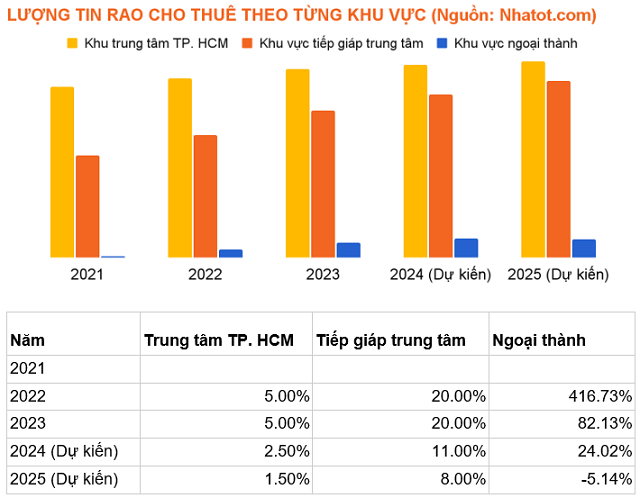
In the affordable segment (rent below 3 million VND per month), the proportion of shared-space rental products with a smaller area per person, such as homestays, dormitories, and sleep boxes, is increasing. This type of accommodation accounted for 6% of the market in 2021 and rose to 12% in the first half of 2024.
In the mid-range segment (rent ranging from 3 to 6 million VND per month), the rentable area has remained stable at 20-30 square meters. However, landlords are showing a growing interest in providing fully furnished rooms. The proportion of “empty” rooms has decreased from 31% in early 2022 to 16% in 2024, while the proportion of “fully furnished” rooms has increased from 57% to 70%.
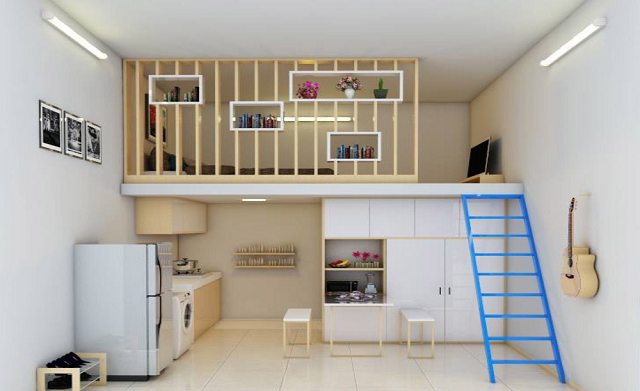 Fully furnished rooms are an emerging trend among landlords.
|
The high-end segment has not seen much change in terms of product types or rentable areas.
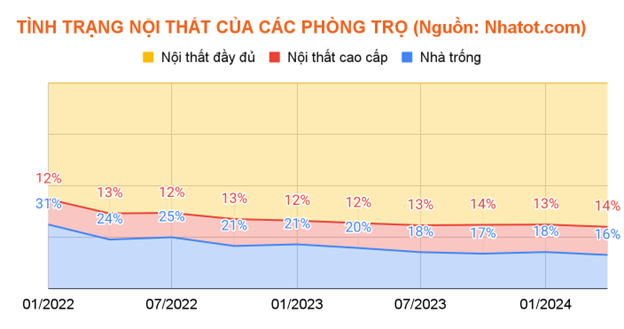
According to Numbeo data, the “House Price to Household Income Ratio” index for Ho Chi Minh City reached 32.4 in 2024. This means that, on average, a middle-income household in Vietnam would need to save for more than 32 years without spending anything to be able to afford a house. However, in reality, this period would likely be longer, as households need to spend on their daily living expenses.
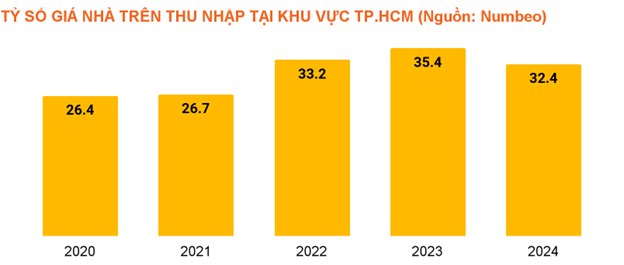
Ms. Tran Nguyen Hoang Uyen, Director of the Nha Tot Real Estate Technology Platform, stated that in the context of the difficulty in owning a house, long-term renting or even lifelong renting becomes a suitable option for those with moderate incomes. This option alleviates financial pressure and allows them to use their savings for business expansion or as a safety net.
In fact, in large and densely populated cities in developed countries such as Japan, South Korea, and the United States, it is not uncommon for people to rent homes for over 15-20 years.

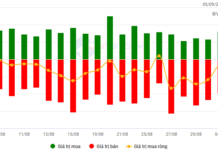
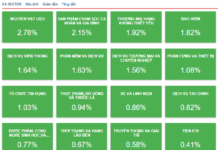
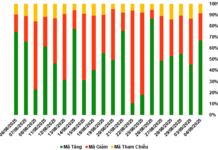


![[Infographic] A Mid-Year Review: Banking Sector Performance in 2025](https://xe.today/wp-content/uploads/2025/09/info-ngan-hang-quy-2-218x150.jpg)



